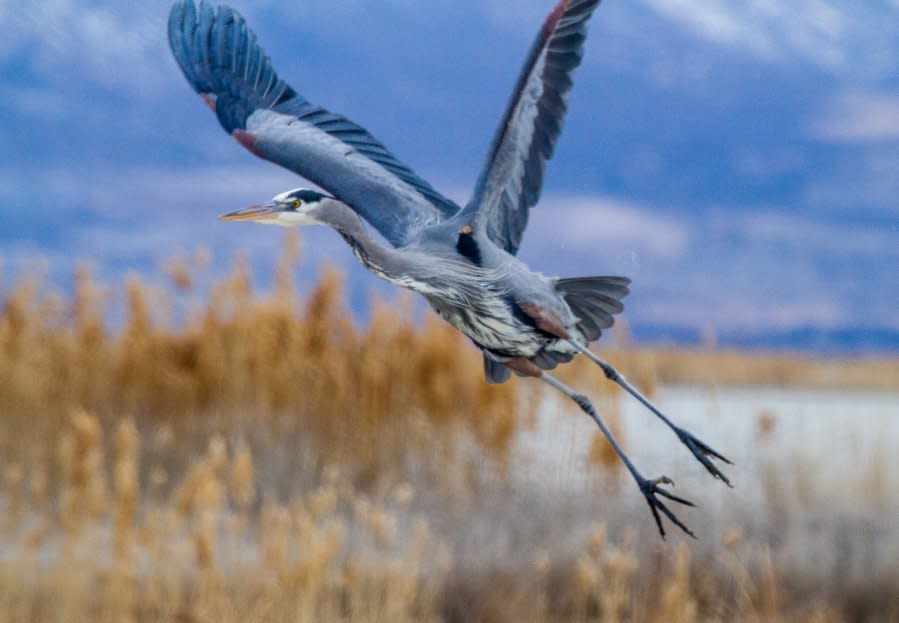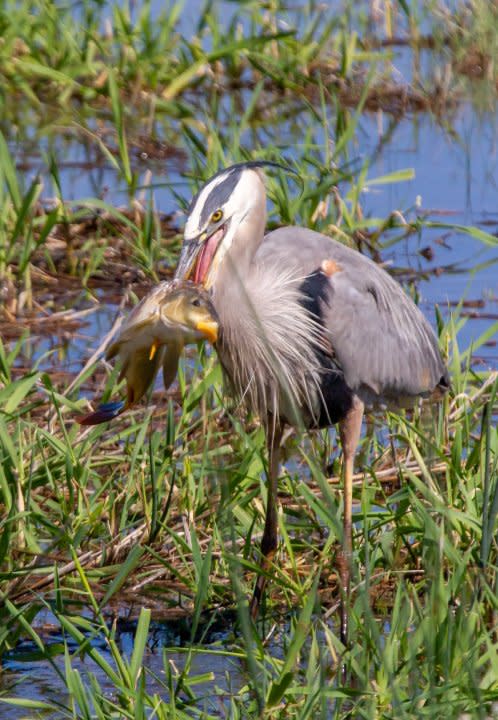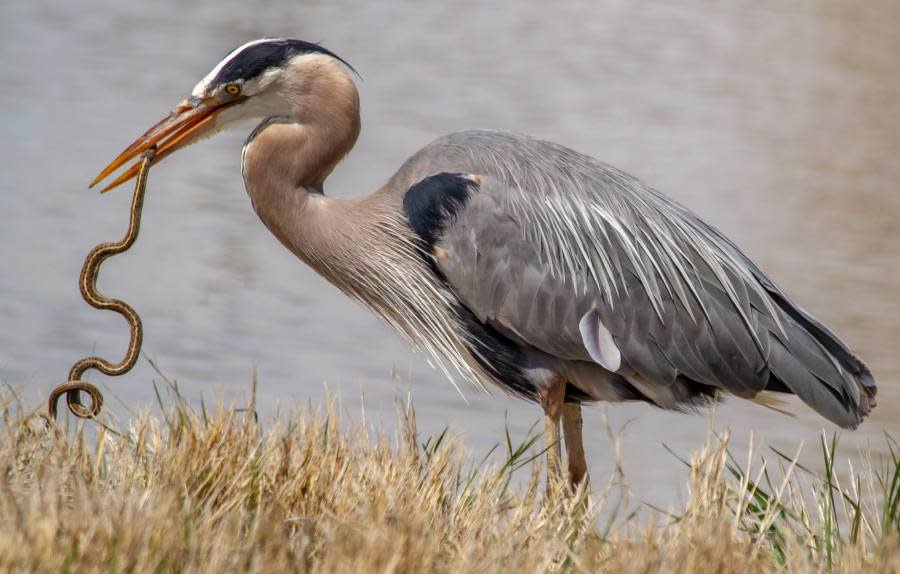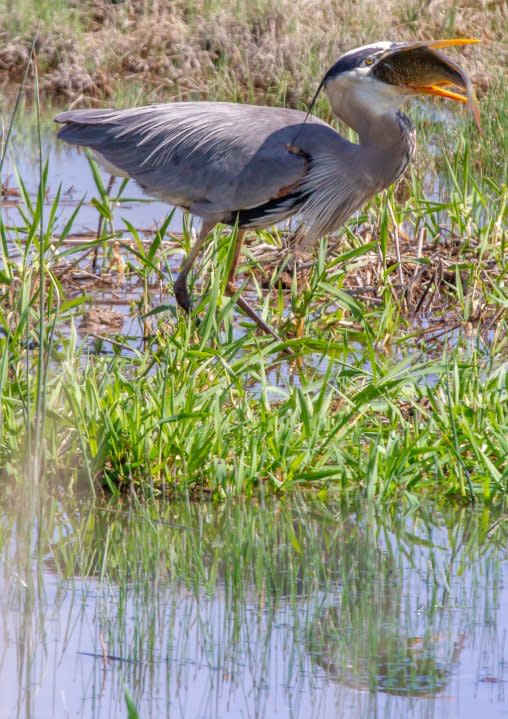How you can see great blue herons in the wild this month

SALT LAKE CITY (ABC4) — Bird enthusiasts, an opportunity to spot great blue herons in the wild is coming up. The Utah Division of Wildlife Resources is hosting a viewing event this month to give Utahns a chance to see this unique bird.
The event is free and scheduled for Saturday, April 20. It runs from 11 a.m. to 2 p.m. at the Eccles Wildlife Education Center at 1157 S. Waterfowl Way in Farmington.
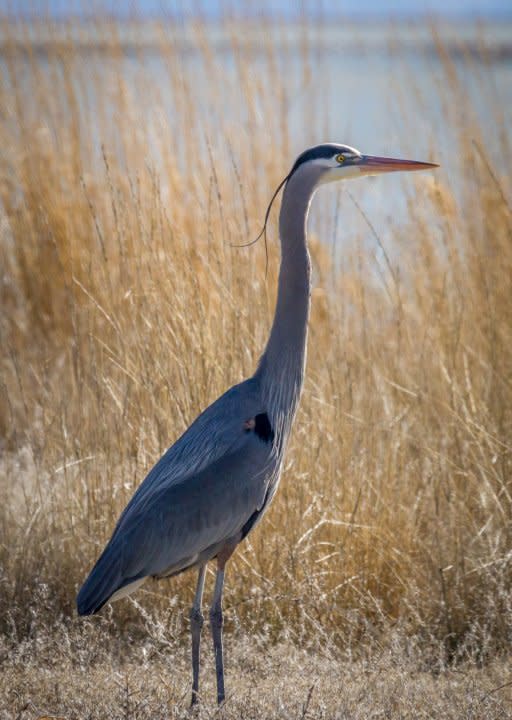
DWR biologists will be onsite to answer questions and help participants find herons. Spotting scopes and binoculars will also be available for use, but guests are encouraged to bring their own if they have them.
DWR is requesting that guests register online ahead of time.
“We are excited to host this viewing event for the first time to provide an opportunity for visitors to see these birds fairly close,” Eccles Wildlife Education Center Manager Ashley Kijowski said.
According to DWR, great blue herons are the most widespread heron in North America. The birds can be found from Alaska to northern South America.
In Utah, they are the state’s most commonly seen heron species, most often spotted along shorelines of lakes, rivers and marshes.
Great blue heron (Courtesy Utah Division of Wildlife Resources) Great blue heron (Courtesy Utah Division of Wildlife Resources) Great blue heron (Courtesy Utah Division of Wildlife Resources) Great blue heron (Courtesy Utah Division of Wildlife Resources)
DWR said that great blue herons nest yearly in a rookery near their George S. And Dolores Eccles Wildlife Education Center.
Herons mostly feed on fish and amphibians, so they build their nests in tree-top colonies near water. Males will gather all the material needed for a nest, typically sticks of various sizes, and females will build the nest.
These nests can sometimes reach 3 and-a-half feet in diameter. Once these nests are built, herons will often reuse them in the following years — which is why the rookery at the Eccles Wildlife Education Center is a great spot to find them.
Herons lay between one and seven eggs each year. Both parents take turns incubating the eggs for 25 to 29 days. DWR said that usually, young can fly after two months, but sometimes will remain in the nest for up to five months.
“It’s so fun to see the baby birds interacting with their parents, so we hope people and their families will take advantage of this viewing opportunity,” Kijowski said.
For the latest news, weather, sports, and streaming video, head to ABC4 Utah.
